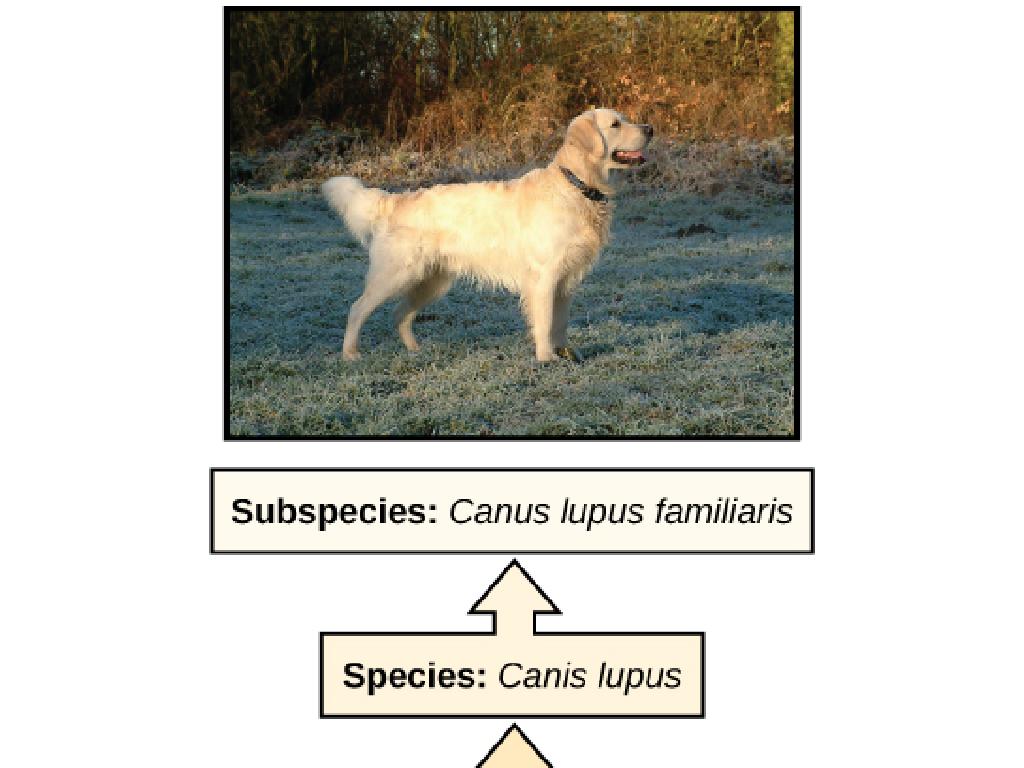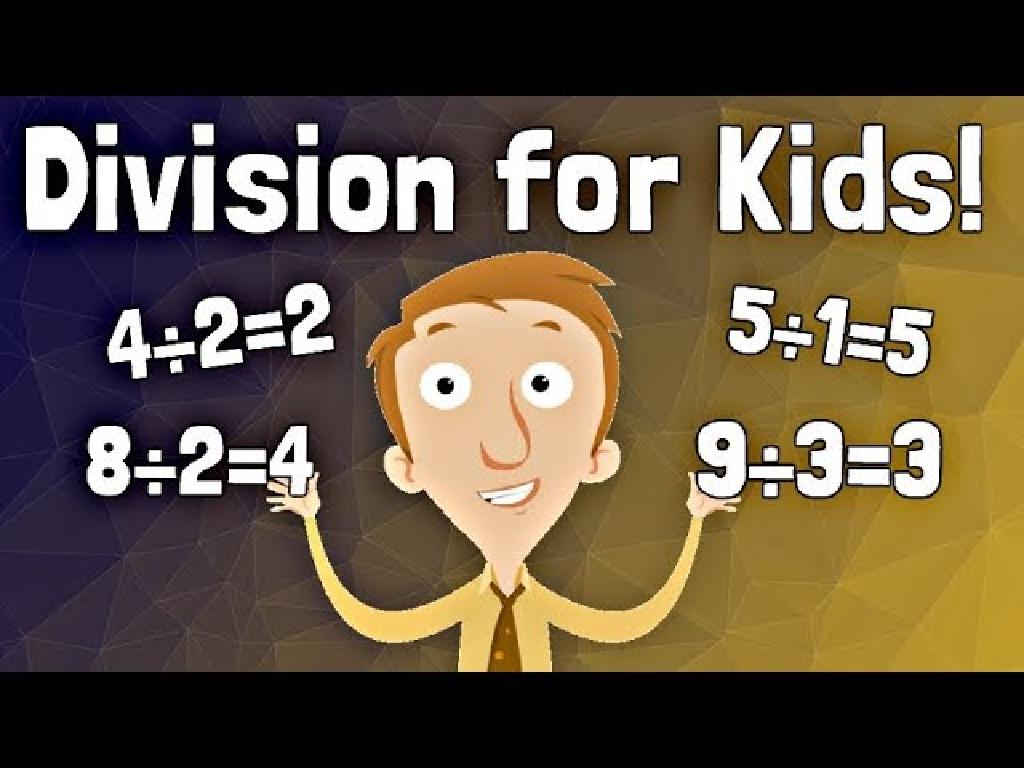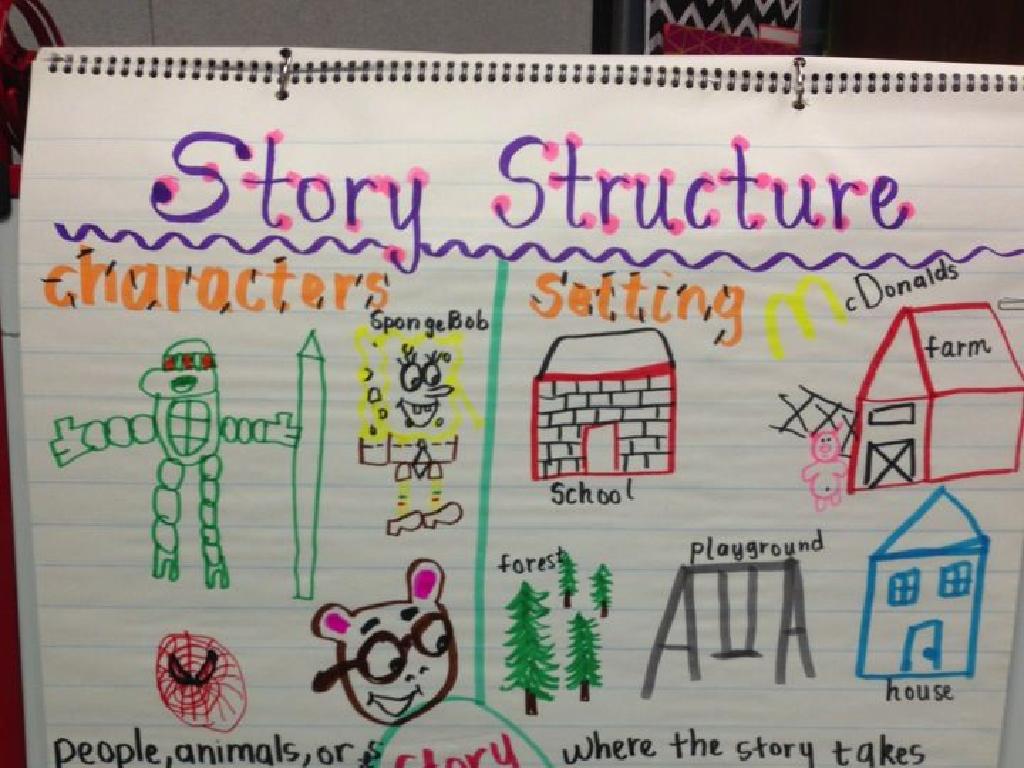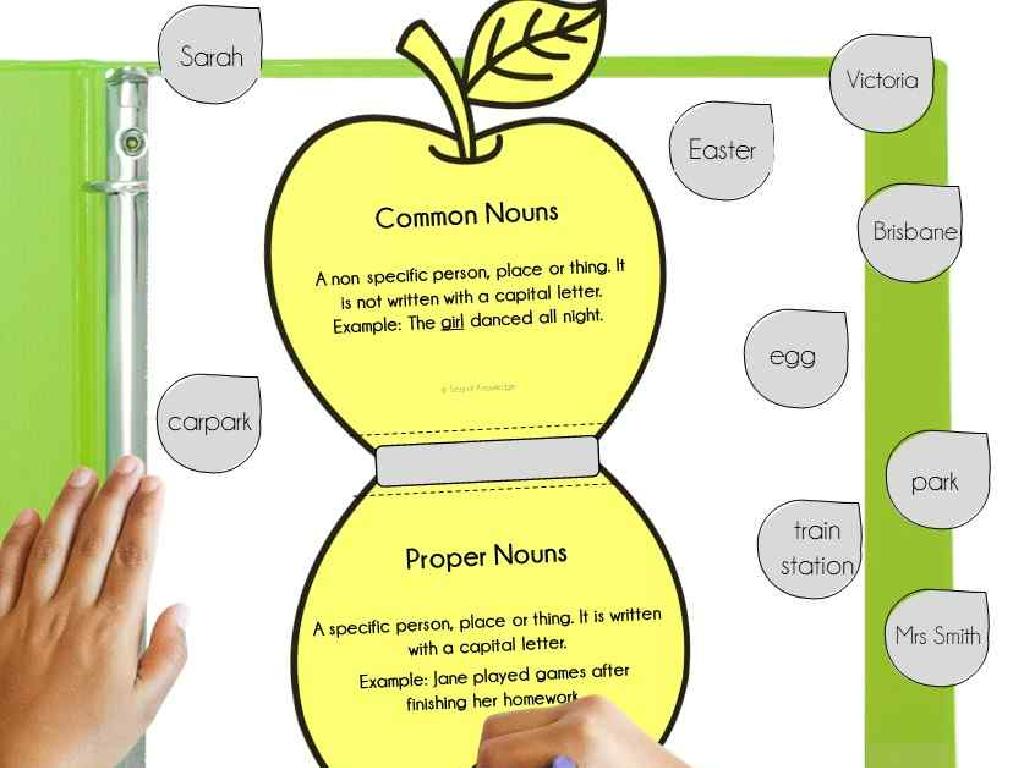Order Alphabetically Based On The First Two Letters
Subject: Language arts
Grade: Fifth grade
Topic: Reference Skills
Please LOG IN to download the presentation. Access is available to registered users only.
View More Content
Mastering Alphabetical Order
– What is Alphabetical Order?
– It’s arranging words based on the letters of the alphabet.
– The Importance of Alphabetical Order
– Helps us find words quickly in dictionaries and lists.
– Sorting Words by First Two Letters
– Look at the 1st and 2nd letters to order words correctly.
– Practice Alphabetical Sorting
– Let’s sort some words together as an example.
|
This slide introduces students to the concept of alphabetical order, a fundamental reference skill in language arts. Begin by explaining that alphabetical order is a system of sorting words based on the sequence of the alphabet. Emphasize its importance in everyday tasks such as looking up words in a dictionary, organizing books in a library, or finding a name in a contact list. Teach students to focus on the first two letters of words to determine their order, as this often differentiates similar words. Provide a list of words for the class to practice sorting together, reinforcing the concept. Encourage students to ask questions and to try creating their own lists to sort as homework.
Mastering Alphabetical Order
– Review the 26 alphabet letters
– Sing the Alphabet Song
– A fun sing-along to refresh our memory
– Focus on first two letters of words
– Identifying the initial letters is key to alphabetizing
– Practice ordering words alphabetically
– Use examples to sort words starting with the same two letters
|
Begin with a quick review of all 26 letters of the alphabet to ensure familiarity. Engage the class by singing the Alphabet Song together, which aids in memorization and recall. Emphasize the importance of the first two letters in words when determining alphabetical order, as this is often the deciding factor in correctly sequencing words. Provide practice examples where students can apply this knowledge, such as alphabetizing a list of words that share the same initial letter, requiring them to look at the second letter. This activity reinforces their understanding of alphabetical order and prepares them for using reference materials like dictionaries.
Mastering Alphabetization
– Start with the first letter
– Look at the first letter of words to start ordering
– Same first letter? Look next!
– If words begin with the same letter, what’s next?
– Compare the second letters
– The second letter helps us sort words with same first letter
– Practice ordering words
|
This slide introduces students to the basic steps of alphabetizing words, an essential reference skill. Begin by explaining the importance of looking at the first letter of each word to start the alphabetization process. If students encounter words that start with the same letter, instruct them to move to the second letter of those words to determine their order. Provide examples of words to practice this skill, such as ‘apple’ and ‘ant,’ where ‘ant’ comes before ‘apple’ because ‘n’ comes before ‘p’ in the alphabet. Encourage students to practice with a list of words, starting with easy examples and gradually increasing complexity. This activity will help reinforce their understanding of alphabetical order based on the first two letters.
Mastering Alphabetical Order
– Sort words with different first letters
– Arrange words by comparing the first letter of each word.
– Sort words with same first letter
– When words begin with the same letter, look at the second letter.
– Class practice with examples
– Use a list of words to practice sorting as a group activity.
|
This slide is aimed at teaching students how to order words alphabetically, a fundamental reference skill in Language Arts. Start by explaining the concept of alphabetical order and then demonstrate sorting words that start with different letters. Progress to sorting words that have the same first letter by looking at the second letter. Engage the class with practice examples, where students can apply what they’ve learned. For the activity, provide a diverse list of words and guide the students through the sorting process. Encourage participation and assist students who may find certain words challenging. The goal is to ensure that by the end of the lesson, all students are comfortable with alphabetizing words based on the first two letters.
Group Activity: Alphabetize Together!
– Break into small groups
– Receive words to alphabetize
– Each group gets a unique set of words
– Alphabetize as a team
– Use the first two letters to order words
– Present lists to the class
|
This group activity is designed to encourage collaboration and reinforce the concept of alphabetical order based on the first two letters of words. Divide the class into small groups, ensuring a mix of abilities in each. Provide each group with a set of words, preferably related to a current topic of study or interest to make the activity more engaging. Instruct the students to work together to arrange their words in alphabetical order, focusing on the first two letters. Once the groups have completed the task, have them present their lists to the class. This will allow students to learn from each other and the teacher to assess understanding. Possible variations of the activity could include using themed words, timed challenges, or having students create their own word sets for others to alphabetize.
Alphabetizing Practice: Ordering Words
– Receive your alphabetizing worksheet
– Work on ordering words individually
– Look at the first two letters to determine order
– Review your answers carefully
– Class discussion of the answers
– Share what you found easy or difficult
|
This slide is for an individual practice activity focused on alphabetizing words based on their first two letters. Hand out worksheets with a list of words that students will order alphabetically. Allow sufficient time for students to work through the list individually, emphasizing the importance of the first two letters in determining the sequence. After completion, review the answers as a class. This will help students understand common mistakes and learn from them. Encourage students to discuss the process, what they found easy or challenging, and how they overcame any difficulties. This activity will reinforce their reference skills and understanding of alphabetical order.
Class Activity: Create Your Own Dictionary!
– Learn dictionary organization
– Choose words for your dictionary
– Pick words you find interesting or unusual
– Sort words by first two letters
– For example, ‘apple’ comes before ‘aqua’ because ‘ap’ is before ‘aq’
– Craft your personal dictionary
|
This activity is designed to help students understand the structure and organization of a dictionary by creating one of their own. Start by explaining how dictionaries are organized, typically alphabetically, and why this is important for finding words quickly. Have students select a variety of words they would like to include in their dictionary, encouraging them to think about words they use often or want to learn more about. Guide them through the process of organizing these words alphabetically, focusing on the first two letters of each word. This will help them understand alphabetical order beyond the first letter, which is a common stumbling block. As they work, they can design and decorate their dictionary, making it a fun and personalized learning experience.
Wrapping Up: Alphabetical Order
– Recap alphabetical importance
– Sorting words by first two letters helps in many areas like using a dictionary.
– Review today’s key lessons
– We learned how to order words and why it’s useful in everyday life.
– Engage in Q&A session
– Ask any questions about what we’ve learned to clarify your understanding.
– Practice makes perfect
|
As we conclude today’s lesson, it’s important to remind students why learning to order words alphabetically is a valuable skill. It’s not just for library book sorting or finding words in a dictionary, but it’s also a foundational skill for future research and organization tasks. Review the steps we took to order words by their first two letters and highlight how this can be applied in various scenarios. Encourage students to ask questions about any part of the lesson they may not have fully understood. Finally, remind them that mastering alphabetical order comes with practice, and they should continue to apply this skill in their daily reading and writing activities.






